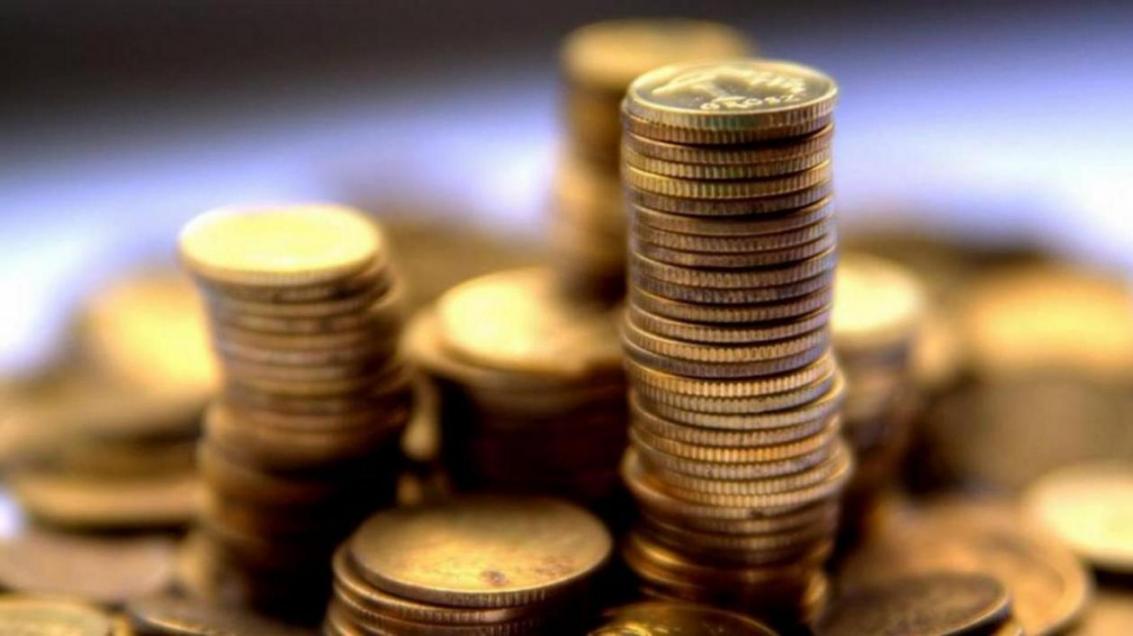Iran’s lack of an integrated debt market is considered as a major obstacle to growth by experts who see the debt market as the best available recourse to raise money when the economy is under stress.
Hence, the issuance of treasury bills for the first time after the 1979 Islamic Revolution is apparently a step to strengthen the debt market. On the first day of trade almost 96% of the bills with a face value of one-million-rials were collected by mostly institutional buyers.
The bills were initially offered at the price of 900,500 rials that climbed to 901,000 rials as the working day came to a close. After 26 days of its issuance the price has soared to 912,467 rials. As the price goes up and the days to maturity decline, the government debt decreases.
Government ability to benefit from the debt market depends largely on the interest rate offered by banks and their subsidiaries and the volume of traded bills. While the price of bills has been of the ascending order, the trade volume fell sharply from 383,837 bills on the first day to 3,000- 33,000.
Given the new measures to ease the recession, which were unveiled last week by the government, and the prospect of lower interest rates on deposits, it seems there should be more demand for treasury bills that for today have 26.3% yield to maturity.
This is considerably higher than the 20% cap set by the central bank on one year deposits. On the day the government introduced the new economic incentives (Oct. 17), the volume of trade increased by more than 400% compared to three days earlier, according to data available on Fara Bourse website.
As part of the new support package, the government is about to issue 6 trillion rials ($200 million) worth of Sukuk, 5 trillion rials ($167 million) treasury bills and 5 trillion rials ($167 million) participation bonds that has a fixed coupon and are not tradable in the secondary market. The treasury bills are considered a safe investment option as their return is guaranteed and are highly liquid.
The government’s mountain of debt to the banking sector and contractors, and the credit crunch were underscored by the government’s top economic lieutenants in support of the incentive package. As such, it seems the government is determined to improve the debt market and help the banking sector as banks can use the government bonds and securities as collateral with the Central Bank of Iran.
As the government owes 1.5 quadrillion rials ($50 billion) to the banks and the latter is responsible for almost 80% of financing in Iran, the success of the debt market is crucial for government. While experts assert that the treasury bills are more attractive than participatory bonds due to the mechanism determining their yields, only time will tell tales of their success, albeit if any.
Worthy of mention is that the government capability to raise finance through the debt market is subject to its ability to repay the debt at maturity which might require further rounds of borrowing and will presumably shift the burden to next year’s budget. However, as long as the government can borrow at a reasonable price there should be no room for concern.



